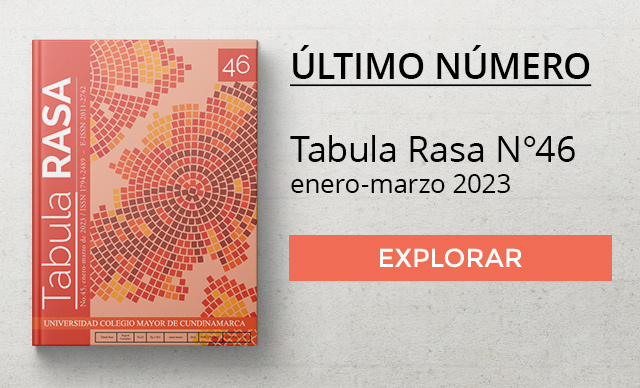DOI: https://doi.org/10.25058/20112742.n33.01
Cristina Jo Pérez
University of Michigan, Ann Arbor, USA
cjperez@umich.edu
Robert McKee Irwin
University of California, Davis, USA
rmirwin@ucdavis.edu
John Guzmán Aguilar
University of California, Davis, USA
jfguzman@ucdavis.edu
In late 2018, the world watched as a large group of asylum-seekers traveling from Central America to the United States’ southern border experienced the full force of an increasingly global Border Industrial Complex. Few would use the language of the Border Industrial Complex, but it was widely understood that the line between the US and Mexico would be amplified and protected by a dense network of various national, international, media, for-profit, and not-for profit organizations, which had been developed to respond to human flows across national boundaries and more specifically the boundaries between the global north and the global south. As the US and Mexico staged a confrontation with the thousands of refugees looking to flee violence and extreme poverty in their home countries, they intensified the use of a range of already common material and discursive tactics, including militarization, privatized policing, and racialized discourses of migrant threat meant to violently contain and control this “caravan of migrants.” In addition to the ways the state deployed the Border Industrial Complex, the caravan also illuminates the ways local actors and activists become entangled in the larger project of the Border Industrial Complex, profiting from the control of migration in often opaque and ambivalent ways.







